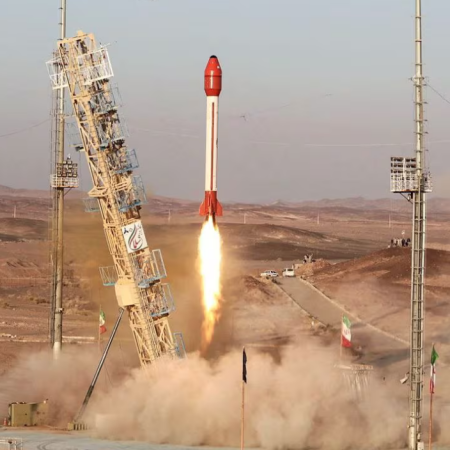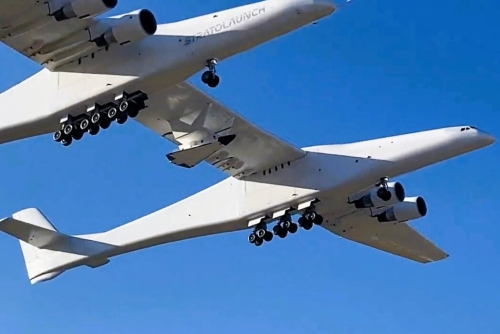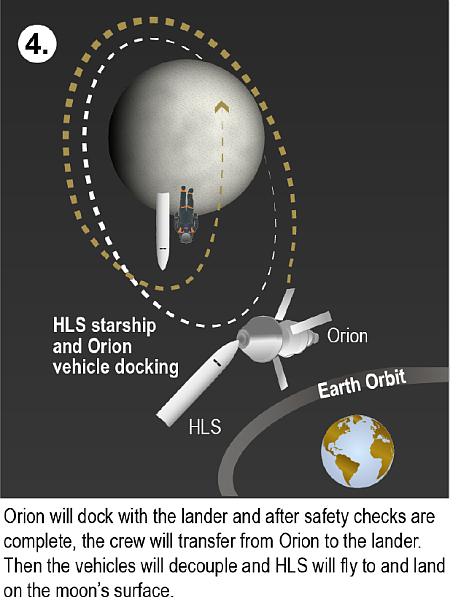SpaceX launches more Starlink satellites
SpaceX tonight successfully launched another 23 Starlink satellites, its Falcon 9 rocket lifting off from Cape Canaveral in Florida.
The first stage successfully completed its ninth flight, landing on a drone ship in the Atlantic.
The leaders in the 2023 launch race:
90 SpaceX
56 China
16 Russia
7 Rocket Lab
7 India
American private enterprise now leads China in successful launches, 102 to 56, and the entire world combined 102 to 90. SpaceX by itself is once again tied with the rest of the world (excluding other American companies) 90 to 90. The fast pace in launches continues, however, with five launches scheduled in the next five days.
SpaceX tonight successfully launched another 23 Starlink satellites, its Falcon 9 rocket lifting off from Cape Canaveral in Florida.
The first stage successfully completed its ninth flight, landing on a drone ship in the Atlantic.
The leaders in the 2023 launch race:
90 SpaceX
56 China
16 Russia
7 Rocket Lab
7 India
American private enterprise now leads China in successful launches, 102 to 56, and the entire world combined 102 to 90. SpaceX by itself is once again tied with the rest of the world (excluding other American companies) 90 to 90. The fast pace in launches continues, however, with five launches scheduled in the next five days.




